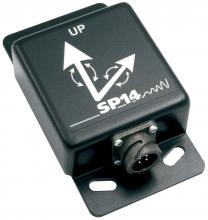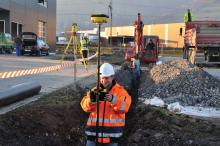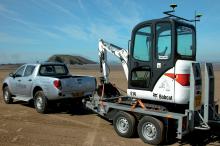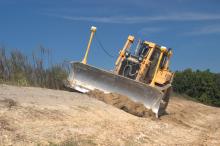Innovative GIS and software solutions are coming to market from the three key market players - Mike Woof reports
Competition is strong in the field for GIS and surveying systems as well as the associated software. The three major players in the sector, Leica Geosystems, Topcon and Trimble, all invest heavily in research and development and continue to roll out new solutions for construction customers that will boost the efficiency of surveying as well as overall project implementation.
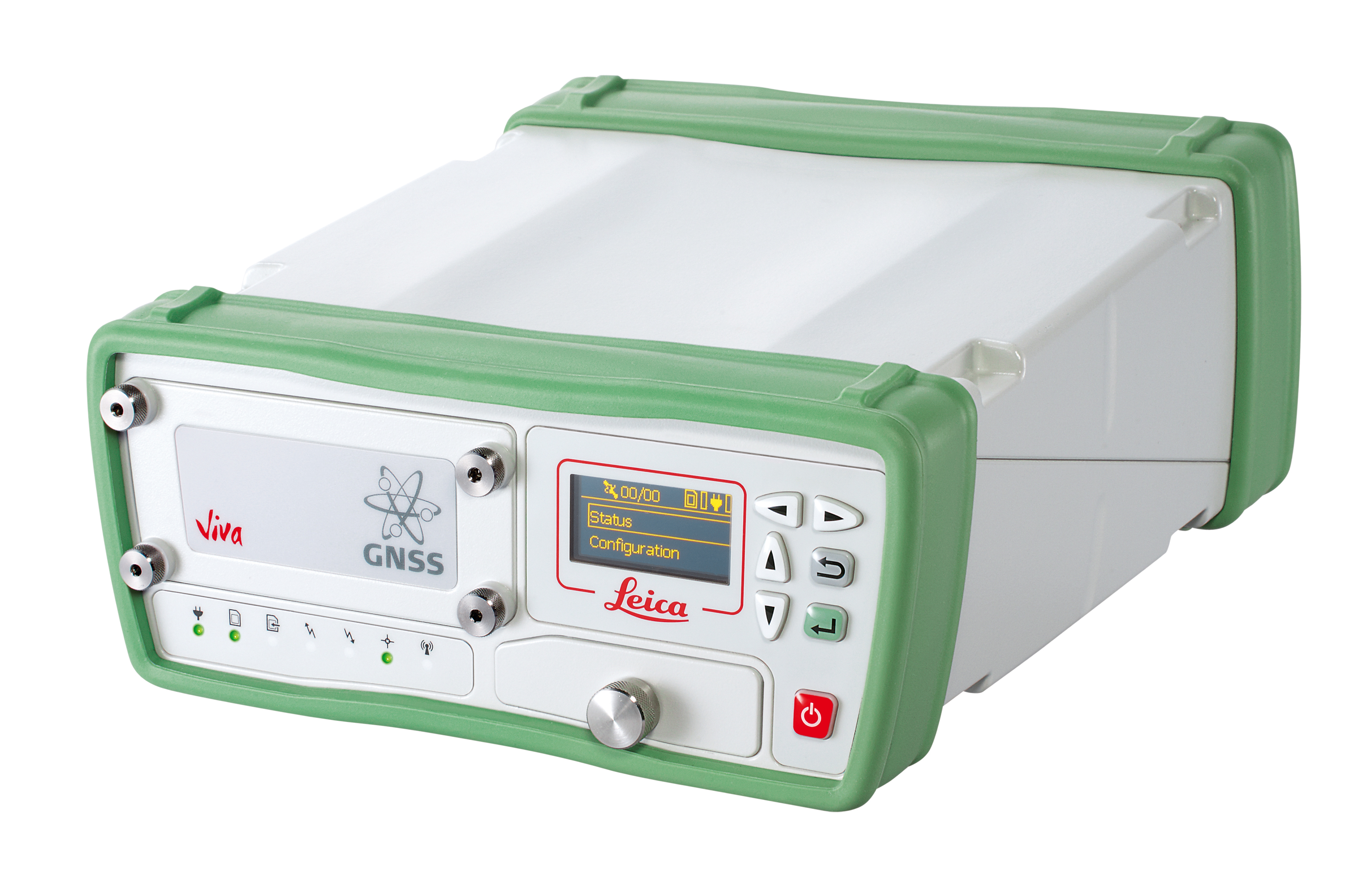
Panoramic images can be generated using the latest technology from Leica Geosystems by joining together multiple images from a predefined area
Innovative GIS and software solutions are coming to market from the three key market players - Mike Woof reports
Competition is strong in the field for GIS and surveying systems as well as the associated software. The three major players in the sector,From Leica Geosystems comes the new version 4.0 of the SmartWorx Viva onboard software, which makes data collection and stakeout simpler and more productive. The new features include Leica Exchange, which allows data to be transferred securely between field users and office users. As soon as field work is complete, measurements can be sent to the office, while design changes can be sent instantaneously to field personnel. Immediately upon completing a job, work can be remotely transferred back to the office for quality assurance before the field team leaves the site. The office team can start processing the data, and instruct the field team to collect additional information if required, ensuring jobs are finished faster and that costly site re-visits are avoided. And using Leica Exchange, design teams can send the latest design data to field crews.
The new 3D data overlay tool allows points, lines and areas that have been surveyed to be overlaid onto the live video produced by the wide-angle camera of the TS11 and TS15 imaging total stations. The TS15 imaging total station can capture a panoramic image, stitching multiple pictures from a defined area together and storing this on one file. The package is said to be easy to use and features clear graphics, logical menu structures, non-technical terminology and simplified workflows.
The company also claims that its new xRTK provides maximum availability even in the most difficult conditions. Meanwhile the new SmartRTK is said to deliver reliable, consistent results in all RTK Networks and single base-line modes. The Leica xRTK package is a phase fixed RTK solution with slightly lower accuracy for conditions where highest accuracy RTK cannot work. It uses specially-developed algorithms and works in combination with Leica SmartRTK to deliver accurate position data.
The sophisticated Leica SmartRTK package is said to deliver high accuracy in difficult environments compared to conventional RTK, while still ensuring outstanding reliability. The package has fully automated handling of GLONASS biases in all RTK networks, so that the maximum number of satellites is used.
The Leica GR25 GNSS reference receiver offers integrated internal and external device management, multi-user management and modular design. This allows the system to develop along with user needs and keep GNSS applications and networks up to date. The system is designed for permanent and semi-permanent GNSS network installations and monitoring applications, including RTK and static networks, single base station, field campaigns and structural monitoring. The package provides flexible data management with a choice of storage options and many years of data can be stored on the removable SD card or on an external USB.
Due to its open design the GR25 Reference Server can be used with Network RTK software suites using either proprietary or standard formats. Simple Network Management Protocol support allows the GR25 Reference Server to be integrated into existing IT service monitoring applications. The modular GNSS tracking engine allows upgrades when new signals structures are published and network providers can keep up-to-date with the latest GNSS signals, without having to exchange the server every few years. The GR25 supports a variety of GNSS signals including L1, L2, L5 and also supports Galileo tracking.
Rival firm Topcon Europe Positioning is offering an innovative cloud-based enterprise solution and cloud-enabled family of software applications, called Magnet, for all precise positioning projects. This package makes it possible for real-time collaboration between project manager, field crews, office personnel, engineers, or consultants. Using the software allows a company to manage projects, data, and assets, providing effective communications and collaboration across multiple projects.
Key factors during the development of this package were data collection, to CAD, data manipulation and reporting, to data exchange. The system is designed to offer cloud-based project management in an enterprise environment, delivering productivity improvements for surveying duties. There are four basic product modules: Field, Tools, Office, and Enterprise, which can be purchased or activated on a subscription basis. This cloud-based web environment connects users within a company and gives an organisation effective solutions for visualising projects, job files, equipment assets, and even plot job points, lines, and areas on a familiar map interface.
Magnet makes it easy to store and access all company and project data from within a cloud environment and users can track assets, manage projects, exchange data, and communicate in real-time. The package connects field users to the cloud, and enables real-time communication, cloud storage and data exchange, and includes powerful field software for topo-survey, staking, roads, and calculations. The system can be used to process and exchange data between the enterprise cloud and desktop applications, such as
The firm’s new CR-G5 is a high performance choke ring antenna based on its TA-5 full spectrum GNSS antenna element. The new TA-5 technology uses an array of vertical convex dipoles to provide full-wave tracking for all existing and future GNSS signals. This geodetic antenna offers vertical phase centre stability over the entire GNSS frequency band, for effective tracking of low elevation satellite signals. The new PN-A5 GNSS antenna combines the company’s TA-5 full spectrum GNSS antenna element with a newly designed convex impedance ground plane. This design provides improved multipath mitigation and a significant increase in ability to track signals from satellites located near to the horizon.
The company is also now offering a rugged, compact GNSS modular receiver with advanced technology. The firm’s new MR-1 receiver delivers Topcon’s G3 and VISOR technologies in a compact package and features 72 universal tracking channels. The unit is capable of tracking all signals from GPS, GLONASS and SBAS satellite systems that are currently operational and available for public use. Topcon's VISOR technology, with dual antenna input support on the receiver, offers accurate measurements through the use of differential phase computations. The system is said to offer good tracking capabilities in challenging environments and is built to withstand harsh conditions. The system uses a simple API interface that allows users to integrate tracking performance within existing packages, for use in varied applications.
Also innovating is Trimble, which says that the latest version of its web-based construction application VisionLink goes beyond traditional telematics applications by integrating asset and fleet management services. The package offers a new 3D project monitoring function and production output tools, while combining earthmoving, grading, finishing, compaction and asset and fleet management operations into one application. Using VisionLink, contractors can track earthworks and compaction progress remotely to make faster decisions, lower operating costs, reduce project risk and increase productivity.
The VisionLink software uses Trimble’s connected site gateway to transmit location and production data from the machine to the office, while design data and machine configuration files are sent from the office to the machine. Design information can be shared between Trimble’s Business Centre and the machine control system, ensuring the same data is being used across the project and eliminating errors.
The VisionLink 3D project monitoring function allows contractors to evaluate progress through continuous monitoring and recording of machine blade or bucket position. VisionLink provides a production model showing progress over time including position, elevation and time, as well as surface elevations, cut and fill maps and earthworks volumes. The entire earthmoving operation is tracked and recorded including over-excavation and backfill, or overfill/surcharge, and cutback operations. During soil and asphalt compaction operations, the compactor’s position is continuously recorded and tracked to create a 3D surface model with accurate pass count mapping, compaction consistency mapping and material lift thicknesses. This ensures uniformity in surface construction and rapid identification of problem areas. Final surface quality and the operational life of the constructed surface can be improved, while the need for manual spot inspections is minimised. VisionLink can reduce the time and cost of survey work when it is used with the firm’s GCS900 compaction tools. The package can also monitor productivity of earthworks machines such as dozers, graders, scrapers and excavators equipped with Trimble machine control technology.
Trimble says that its new Business Center Software offers a comprehensive surveying office suite for managing, analysing and processing field survey data, including data from optical instruments and GPS/GNSS and spatial stations. This includes data from total stations and levels as well as imaging and 3D scanning data. Using this new software, surveyors can validate the results for points, surfaces, and corridors that were staked in the field. In addition the new GPSeismic Export tool allows users to integrate seismic surveying workflows from field data collection, using powerful analysis tools contained in GPSeismic.
In addition software developers can now create tailored applications for customers and make them available for sale using the Trimble store. Trimble Access field software platform allows surveyors to control instruments and collect data efficiently and is available with a variety of specialised modules, such as Roads, Tunnels and Monitoring. Tailoring workflows to the user allows more efficient workflows for field teams.


